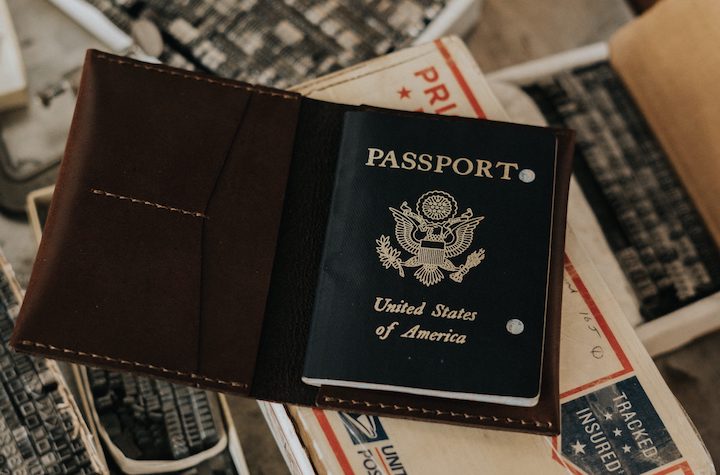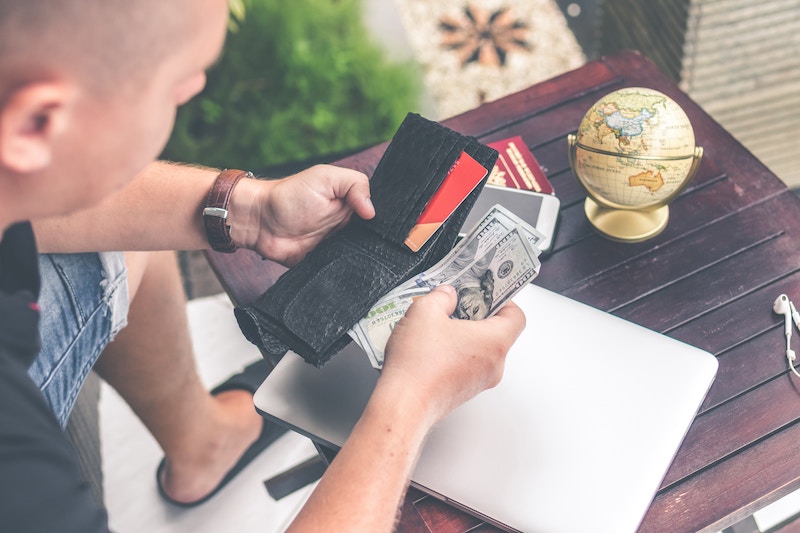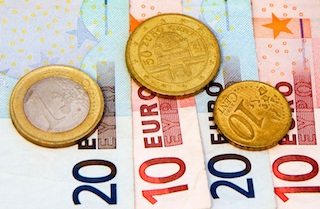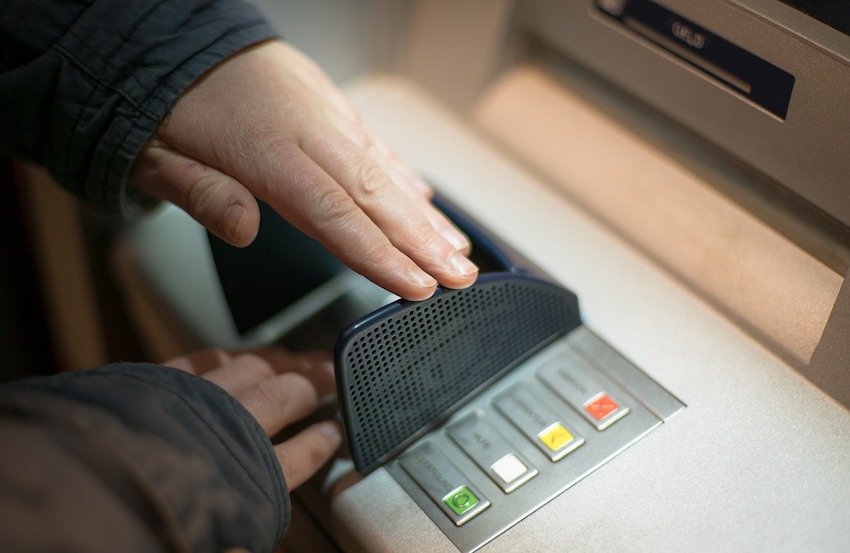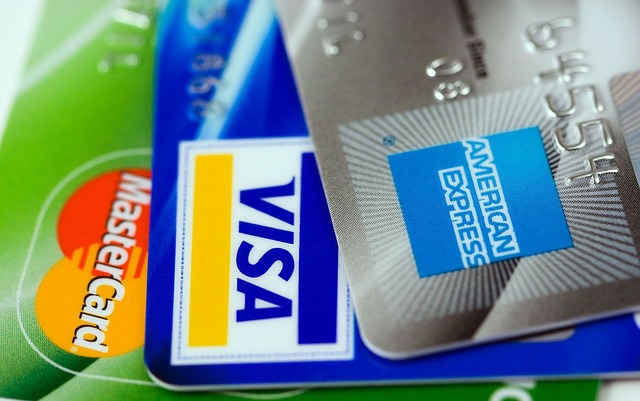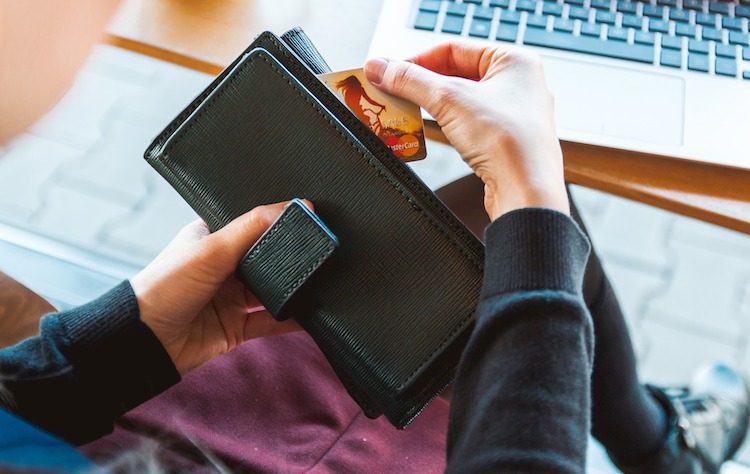Banks, ATM's and Currency Exchange
Because it is such a versatile place, access to banks, ATMs and currency exchange in Europe can differ from one country to the next. With this in mind, this article will give you a general idea of the best way to go about it when you get there.
The official currency in most European countries is the Euro (EUR). Europe is a popular continent, but it can be tricky to exchange Australian cash there, so you might want to consider exchanging money to Euros before you go.
Before you head to Europe, learn about:
- Changing money in Europe
- Using credit and debit cards in Europe
- ATMs in Europe
- Banks in Europe
- Travellers cheques (and why you shouldn't use them)
Changing Money in Europe
Changing money when you get to Europe can be a little bit complicated. It is possible, and there are a couple of different ways you can do it, but there are also some things you have to consider. To find the best places to buy EUR, you can read our guide here.
Here are a few things you should keep in mind if you are changing money in Europe:
- If you're travelling into, or between European countries with €10,000 or another currency's equivalent, you must declare it to the customs officials.
- Make yourself aware of what the exchange rate is before you make an exchange. This will help you get a fair exchange and make you aware of the fees they're charging you.
- While there are places in Europe that allow you to exchange currency, it's a good idea to try and avoid such as international hotels and airports. You'll usually find it is expensive to do it in those places.
- Use our currency converter to find out what the current rate is between the AUD and EUR.
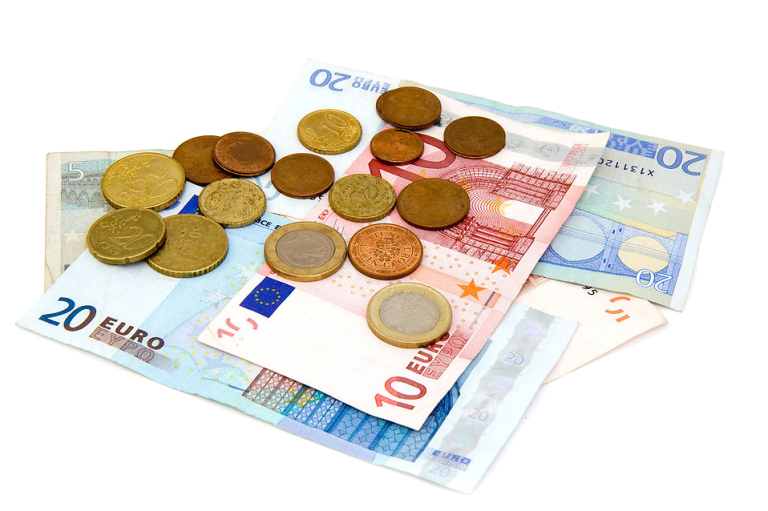
Using credit and debit cards in Europe
Most places in Europe will allow you to pay with card, unless you're going to more remote areas. Here is some information if you would like to try and use card:
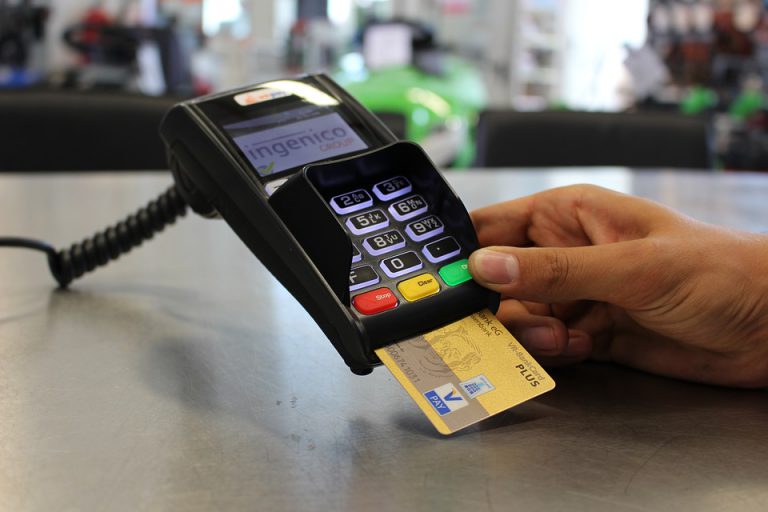
- Firstly, if you're using your card overseas it's really important you let your bank know so they don't suspect fraudulent activity.
- Be careful of overseas ATM fees and currency conversion fees when you're making purchases and withdrawals.
- It is generally pretty easy to use Visa and MasterCards in Europe, and most places will allow you to PayWave, or tap your card to make payments.
- Bankwest Platinum Card and 28 Degrees Platinum Mastercard are examples of credit card accounts which waive the fee for currency conversion
- Citibank Plus Everyday Account has a debit card that isn't charged international ATM or transaction fees, and gives you the interbank rate for the exchange.
A couple of important things:
- If you're using your Australian card in Europe, make sure you're opting to be charged in EUR when you check out. You will generally be offered a very poor exchange rate if you opt to pay in AUD, so it's better to let your financial institution do the conversion.
- To find out the best travel cards to use in Europe, read our article here.
ATMs in Europe
There are ATMs all over Europe, and they can be an easy way for you to withdraw cash while you're there.
Keep in mind that there are a few fees you'll probably be charged. Most banks will charge a foreign transaction fee if you're using your Australian debit card. And you might find there is an ATM access fee.
This means that if you are withdrawing cash from ATMs, plan ahead if you can. Instead of making multiple withdrawals, try and withdraw everything you need and minimise the times you do it.
There are some banks in Australia that let you withdraw money free of charge when you're overseas. Citibank and ING do this. If you travel frequently, it could be worth looking into opening an account with a bank like this.
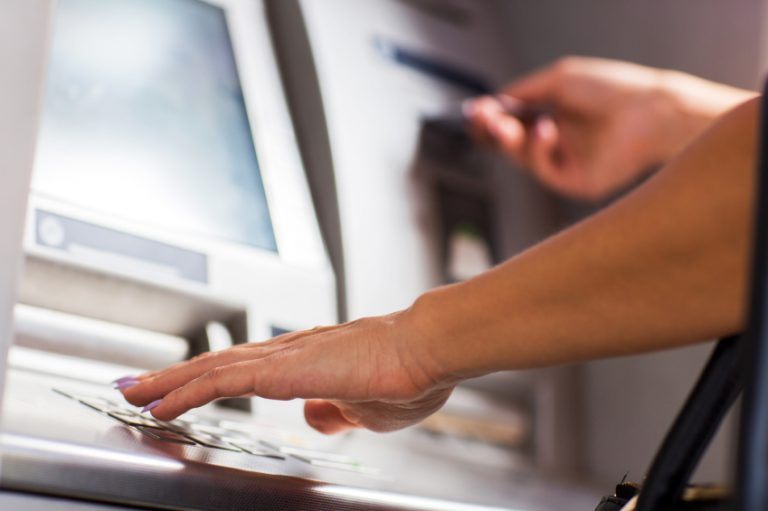
ATM TIP: always choose to withdraw in Euros (EUR) to get the 'mid-market rate' which is the best exchange rate you can possibly get
Banks in Europe
Let's have a look at banking in Europe. The largest bank in Europe is HSBC which is located in the UK. And then a number of other banks available throughout different countries.
You will generally find European banks open between 9am and 5pm, Monday to Friday. Before you leave Australia it is worth asking your local bank if they have a partnership with a bank in Europe. You may find you can use their ATMs free of charge and avoid having to pay transaction fees!
The main banks in Europe are:
- HSBC (UK)
- BNP Paribas (France)
- Credit Agricole Group(France)
- Deutsche Bank (Germany)
- Banco Santander (Spain)
- Barclays (UK)
Thinking of using travellers cheques in Europe? Don't.
Travellers cheques are pretty outdated now, and it is rare to find places that will cash them. Having said that, if you already have some or are thinking of getting some for your trip to Europe, here are some important things to keep in mind:
- They're expensive, and it's rare that the rates offered are competitive.
- They're inconvenient because they are not accepted in most places, and it's hard to find a bank that will cash them.
- The main advantage of traveller’s cheques is they can be replaced if they’re lost or stolen, and only you can cash them. But all travel cards will generally have provisions for this as well if you don't want to carry cash.
- In Europe you can probably exchange them at some banks, at the airport and major post offices.
- We would suggest only using them if you really, really have to.
